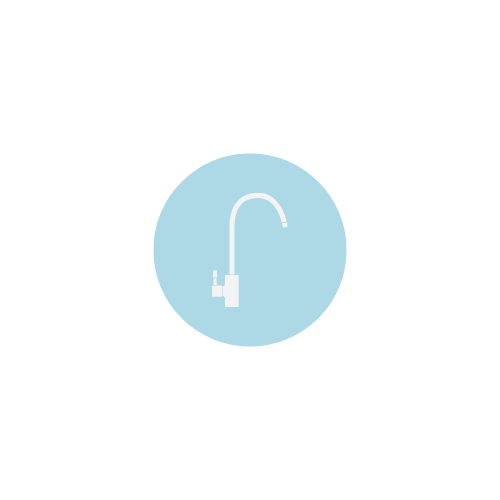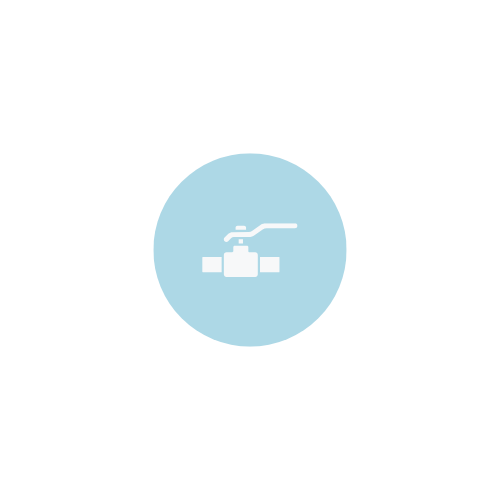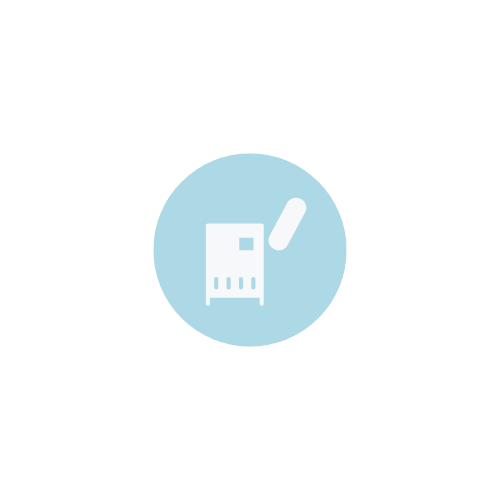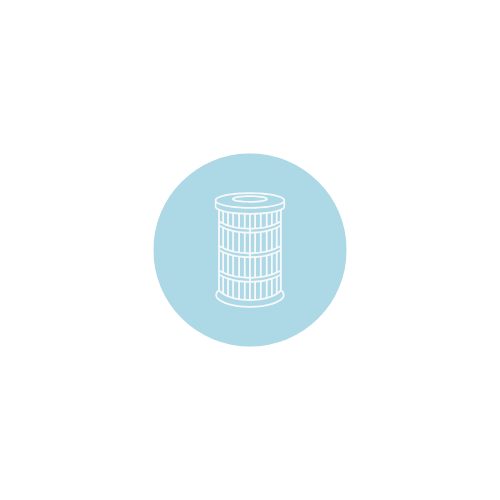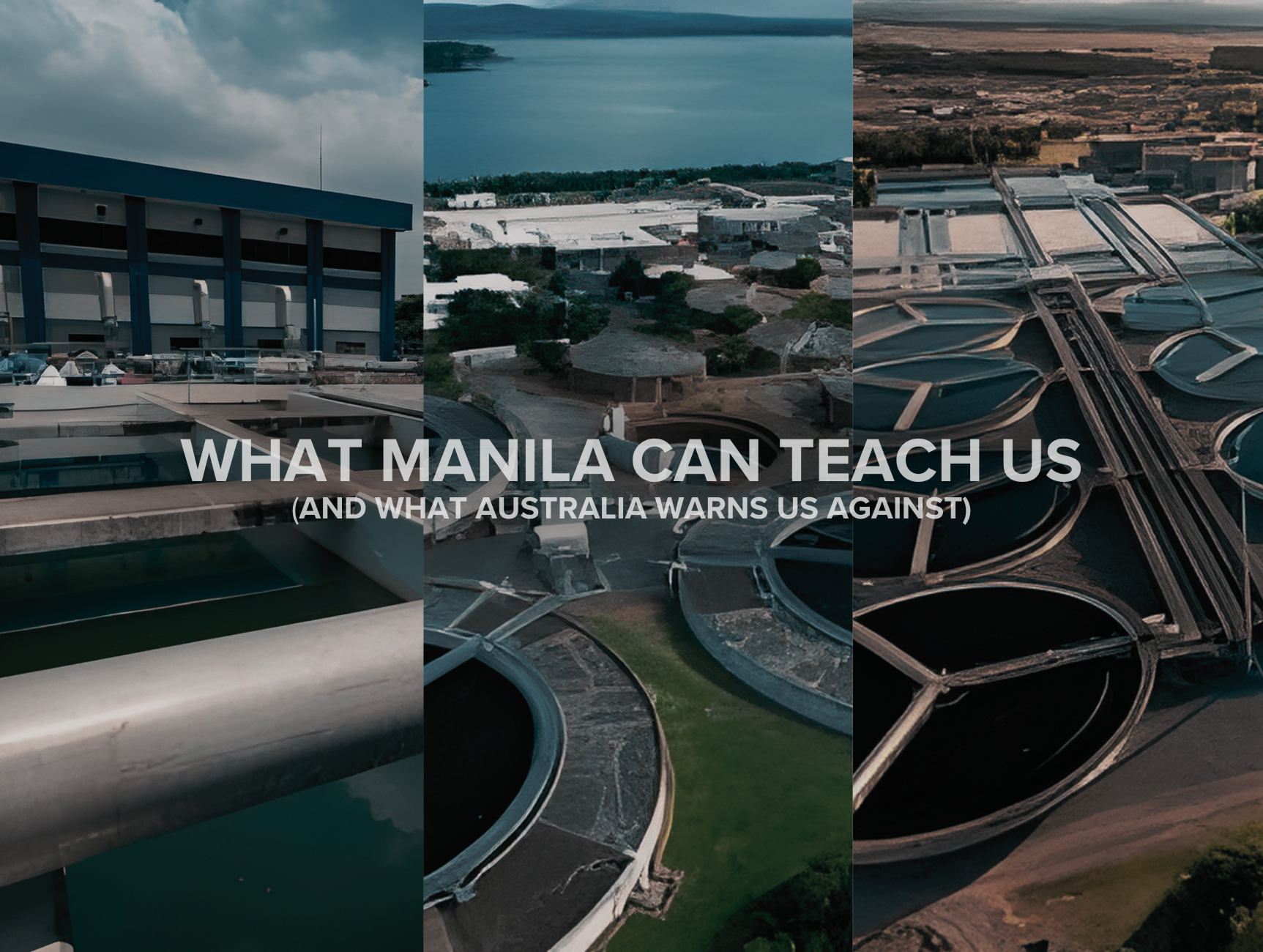

Lessons in Progress: What New Zealand Can Learn from Manila and Australia
At the Water New Zealand Conference, one session stood out to me more than any other: a panel comparing the progress of Manila and Australia in water management. The contrast was striking - and revealing.
Manila, a city once crippled by water scarcity and contamination, is now becoming a model of efficiency and accountability. Meanwhile, Australia - for all its wealth and resources - often finds itself entangled in regulation, consultation, and layers of bureaucracy that slow real progress.
It made me wonder: where will New Zealand fit between these two paths?

Manila’s Urgency and Accountability
Manila’s story is one of movement born from necessity. Decades ago, their water and sanitation systems were in crisis - only a fraction of the population had access to clean, reliable water. But rather than drowning in the problem, the Philippines took action.
Private concessionaires were introduced, operating under strict public regulation. Each supplier was made accountable for both performance and quality - they only get paid if the water meets testing standards. It’s not just theory; it’s enforced.
That structure has driven a culture of efficiency and results. Water that was once a liability is now an income generator. Wastewater, instead of being discarded, is recycled and reused - turned into energy, fertilizer, and reclaimed water for industry. In some facilities, waste is no longer “waste” but a resource flowing through a circular system.
In other words, they turned necessity into innovation.
Their success lies not in technology alone, but in clear incentives and measurable accountability - every outcome is tied to performance, not promises.
Australia’s Complexity and Comfort
Across the Tasman, the story sounds very different. Australia has some of the most developed water infrastructure in the world - yet that success has created a kind of complacency.
There are countless regulators, councils, and authorities all overlapping in responsibilities. Each layer adds cost, paperwork, and friction. Without the pressure of a crisis, the system has evolved to preserve itself rather than push forward.
This isn’t to say there’s no innovation. Australia has world-class treatment facilities, dedicated scientists, and significant investment in resilience planning. But progress can feel slow, even procedural - more about job creation and governance than urgency and impact.
The contrast between the two systems - one lean and hungry, the other complex and cautious - raises an important question: do we move when we have to, or because we know we must?
New Zealand at the Crossroads
New Zealand now stands at the threshold of its own transformation. Our national conversation about water - through Taumata Arowai and the new Drinking Water Standards - is still being shaped. The country is trying to strike a balance between safety, affordability, and autonomy.
We don’t have the wealth of Australia, nor the critical crisis that forced Manila’s hand. But perhaps that’s a gift. It means we can choose progress through foresight, not fear.
If New Zealand learns from both, we could design something uniquely ours - a framework that’s motivational rather than burdensome, transparent without being bureaucratic, and grounded in collaboration between government, industry, iwi, and the public.
At the conference, global representatives - from Singapore, Fiji, Malaysia, and the Pacific Islands - all echoed the same challenges: rising contamination, ageing infrastructure, inequity between rural and urban supplies, and the need for local accountability. Our issues are not unique.
But our opportunity is.
We can learn from what others have already paid to discover - the cost of over-regulation, and the price of delay.
Where the System Ends and the Household Begins
Here’s something that struck me during one of the technical sessions: water leaves treatment plants somewhat clean. The councils and water suppliers do their part - they treat to the level that’s both safe and affordable to maintain.
But the moment that water leaves their facility, it travels through kilometers of ageing infrastructure, often absorbing new contaminants on its journey to your tap. That’s where the opportunity for households begins.
While councils target safety standards that are motivational and achievable, home systems can target health standards - for those who care to go deeper.
Even the most advanced treatment systems can’t control what happens between the pipes and your glass. Heavy metals, microplastics, chlorine by-products, bacteria, and PFAS can all accumulate in distribution systems. That’s why having a final line of defense at home - through technologies like reverse osmosis, ultrafiltration, and specialized media filters - matters so much.
These systems don’t replace public infrastructure; they complement it. They’re a way for households to reclaim some control in a complex world - protecting their families now, while the wider system evolves over decades.
Accountability Flows Both Ways
If there’s one lesson from Manila, it’s that progress happens when accountability is built into every layer of the system. Suppliers are rewarded for quality, not just delivery. Regulations serve progress, not paperwork.
In New Zealand, we can mirror that by embedding accountability not just in government or councils, but in ourselves - as water users, homeowners, and caretakers.
The same mindset applies at the household level: if your water doesn’t feel right, test it. If your system isn’t performing, replace it. If you want to improve your health and your water’s quality, take action.
When you see water as something alive - something to protect - your relationship with it changes. You stop being a passive consumer and become an active guardian.
Ionza’s Role in the Bigger Picture
At Ionza, our work sits where national ambition meets everyday action. We attend these conferences so you don’t have to - translating complex policy into simple, practical choices for your home.
We believe that empowering households to take responsibility for their own water doesn’t undermine the national system - it strengthens it. It keeps public pressure on councils to do better, and it keeps individuals connected to the reality of what we’re drinking.
Progress is never perfect. Manila, Australia, New Zealand - every country is learning. But as long as we keep learning together, and stay transparent about what’s working and what’s not, we’ll move closer to the kind of water future we can all be proud of.
Because caring for water isn’t just the job of regulators or engineers.
It’s all of ours.







